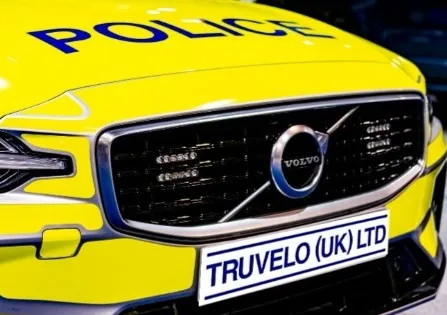
Truvelo (UK) has unveiled its Fatal Five speed enforcement and road safety surveillance system.
The vehicle-mounted technology will enhance the capabilities of Avon and Somerset Police and includes a touch screen network video recorder, front and rear automatic number plate recognition (ANPR) cameras, a 360-degree high-powered zoom ANPR and robust CCTV systems.
Truvelo's solution boasts a secure wireless connection that links the roadside outstation directly to the company's central browser-based back-office system. This integration enables the capture of multi-channel, time-stamped high-definition evidential video and ANPR footage.
The system operates continuously, and is capable of functioning independently or in conjunction with the Lasercam four-laser speed meter to detect speeding offences.
Truvelo said a key feature of Fatal Five is its ability to facilitate the immediate flagging and transfer of events for back-office processing. This can occur either at the point of capture or during a subsequent review of the footage, ensuring a swift response to any incidents.
The system is adept at monitoring a range of moving traffic violations, including distracted driving and seatbelt infractions – all without incurring the high costs typically associated with specialised equipment.
The technology functions efficiently whether the vehicle is stationary or in motion and can be deployed from any vehicle within a fleet. It offers scalable and cost-effective options that cater to the diverse needs of UK police force clientele, Truvelo says.








